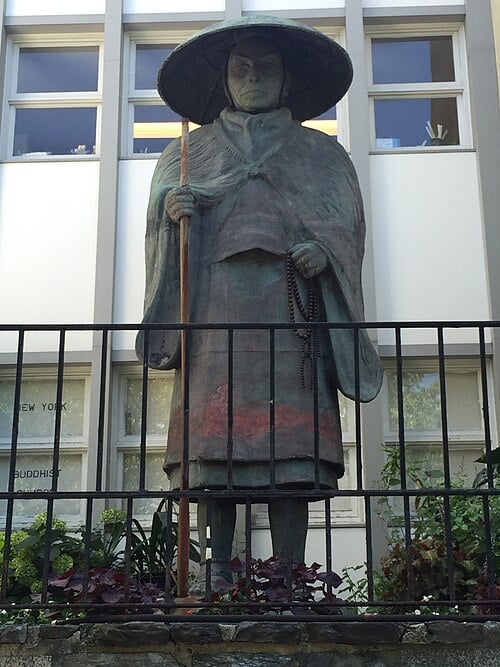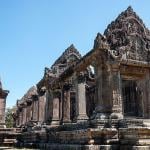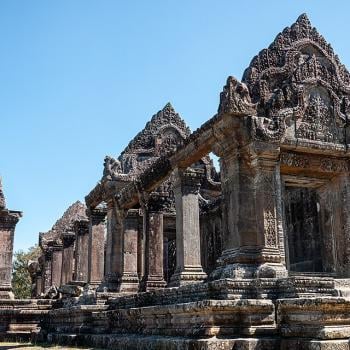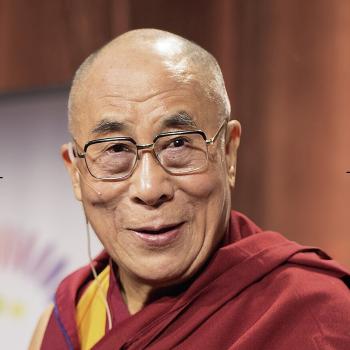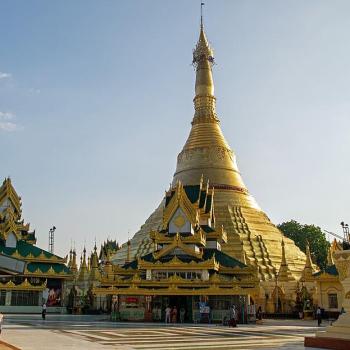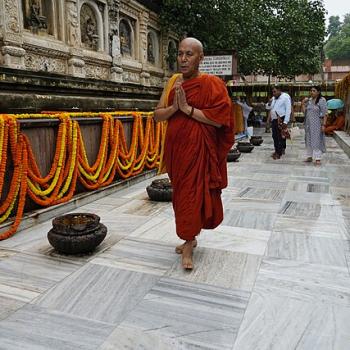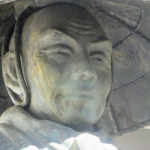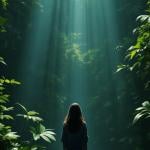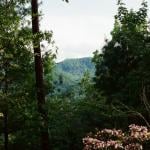The statue stood on Hijirigaoka, a hill overlooking the Japanese city of Hiroshima. When the first atomic bomb fell on August 6, 1945, the statue was only a mile from the epicenter of the blast. Everything around it was obliterated. But the statue, of the revered Buddhist priest Shinran (1173-1262), remained intact. And it still stands today, but not in Japan. Today Shinran’s bronze eyes keep watch over a block on Riverside Drive in Manhattan, New York City. And here is the statue’s story.
The Hiroshima statue was one of six identical bronze statues of Shinran, who founded the Jodo Shinshu school of Buddhism. The statues were cast under the direction of Seiichi Hirose, a metalworks industrialist from Osaka. The Shinran statues, each 15 feet tall and weighing 1,300 pounds, were installed in six different Japanese cities in 1937 and 1938. They depict Shinran wearing the traditional robes and straw hat and sandals of a pilgrim. During World War II three of the six statues were seized by the government of Japan and melted down so that the bronze could be re-purposed for the war effort. The Hiroshima statue was left alone.
And then the bomb fell. Reddish burn marks are still visible on the statue, on the face and robes. I understand a tiny bit of radiation can be detected in the statue to this day, but not enough to harm anyone.
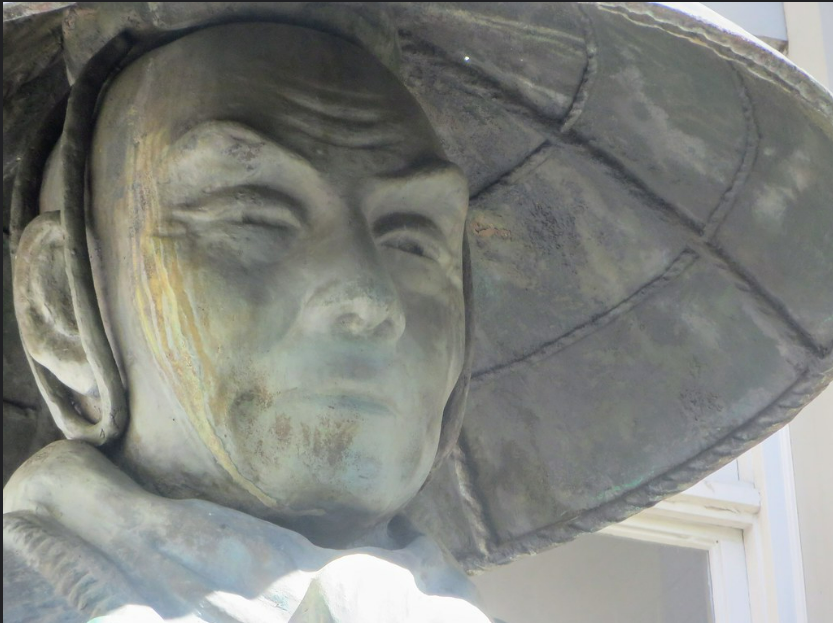
How Shinran’s Hiroshima Statue Came to New York
After the war, Seiichi Hirose chose to give the Hiroshima statue to what was then called the American Buddhist Academy in New York City (today it is called the American Buddhist Study Center) and the New York Buddhist Church, a Jodo Shinshu temple. Both were led by the Rev. Hozen Seki. The two men both intended the statue to be a gesture of peace, compassion, and harmony. So it was that in 1955 the statue was placed in an enormous wooden crate and shipped to New York City.
The statue was formally unveiled on September 11, 1955. The keynote speaker at the ceremony was D. T. Suzuki, whose prolific writings helped introduce Zen Buddhism to the West. Here is a little of what Suzuki said.
The present state of things as we are facing everywhere politically, economically, morally, intellectually, and spiritually is no doubt the result of our past thoughts and deeds we have committed as human beings through[out] the whole length of history, through aeons of existence, not only individually but collectively—let me repeat, collectively. As such, we are, every one of us, responsible for the present world situation filled with [its] awesome forebodings. The bombing of Hiroshima was not, after all, the doing of the American armies, but the doing of mankind as a whole, and as such, we, not only the Japanese and Americans but the whole world, are to be held responsible for the wholesale slaughter witnessed ten years ago.
This reminds me of something my first Zen teacher, the late John Daido Loori, used to say. Referring to whatever messiness was going on in the world, he’d remind us, “You are totally responsible for everything, the whole catastrophe.” This isn’t normally the way we sort reality in our heads, I know, but it’s consistent with Buddhist teaching. It’s one of those things you have to live with for a while to appreciate. After a time we stop viewing ourselves as either a winner or loser, perpetrator or victim, good guy or bad guy. We’re all responsible. We’re all in this mess together.
About Shinran and Jodo Shinshu Buddhism
Jodo Shinshu Buddhism, often called Shin Buddhism for short, is part of the Pure Land tradition of Buddhism. Pure Land originated in 5th century China and is the most common form of Buddhism in east Asia today. It is sometimes also called Amidism because of its focus on the Buddha Amitabha. Jodo Shinshu is known as a path of faith, but this is not faith in the sense of mere belief. It is a path of liberation that is centered on shinjin, a word that has no English equivalent. It is described as “deep trust in the heart-mind.” This reminds me a bit of the definition of faith offered by the Christian theologian Paul Tillich: “Faith is the state of being ultimately concerned,” Tillich wrote in his book Dynamics of Faith (1956). “Faith as ultimate concern is an act of the total personality. It happens in the center of the personal life and includes all its elements.” That may be approaching the neighborhood of shinjin.
Shinran Shonin (shonin is an honorific title, not a surname) was ordained a novice monk at the age of nine after the death of his parents. After his ordination he entered the great Tendai monastery Enryakuji, which I’ve written about before. Honen (1133-1212) was another Tendai monk who also had practiced for a time at Enryakuji. At some point Honen left for a smaller temple in Kyoto where he could focus on Pure Land. Honen kept Amitabha’s name in mind at all times, a practice supported by chanting the nembutsu for long periods of time. In 1201 Shinran left Enryakuji to become a disciple of Honen.
In 1206 two of Honen’s other students were accused of spending the night in the women’s quarters of the Emperor’s palace. The two were executed, and Honen and his other students were driven into exile. Shinran never saw Honen again.
Shinran found himself at the age of 35 alone and de-frocked. He’d been a monk since the age of 9, remember. However, he adjusted well enough to find a wife, Eshinni, with whom he would have six children. He was pardoned in 1211, but as a married man he couldn’t go back to being a monk. So he forged a radically different path. He and his family moved to the Kanto region, the central part of Japan’s main island of Honshu. And he began to teach a form of Buddhism that focused on households and not just monasteries. He broke with Honen’s doctrine of many recitations of the nembutsu and taught that the strength of shinjin was more important than the number of recitations. He spent much of the rest of his life traveling and teaching in people’s homes. The school of Buddhism he founded, Jodo Shinshu, is the largest in Japan.
